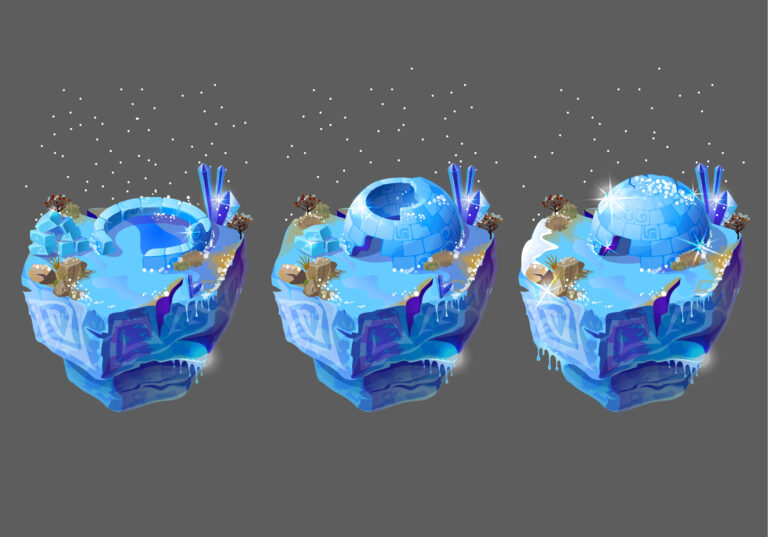Isometric games are a type of video game that use an isometric perspective to create a three-dimensional effect on a two-dimensional screen. There’s a wide range of video game art styles, but few spark the imagination in quite as strong terms as isometric games. Now it has been decades since these charming, pseudo-3D worlds have lured in players with their depth and simplicity which only grows as we make huge leaps towards modern technology. In this article on isometric artistry, we’ll take a look at the visual wizardry that draws us into these games time and again, the specific hurdles their creators had to overcome in bringing them to life through voxels or 2D sprites (or both), and how multiple genres have leveraged this unique potential for tactics and strategy.


Need Game Art Services?
Visit our Game Art Service page to see how we can help bring your ideas to life!
A New Perspective: The Birth of Isometric Games
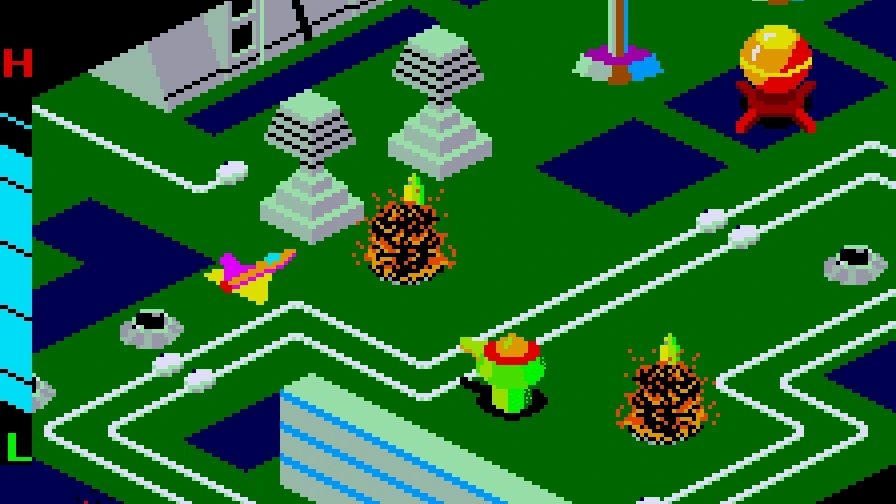
An isometric projection is derived from technical drawing and the architectural sector. In any case, it wasn’t until the mid-1980s that game developers realized its potential for better and more fun gaming.
Released in 1982 by Sega, Zaxxon is one of the earliest and most influential examples to use an isometric perspective. Its isometric graphics gave players a sense of depth and dimensionality that made it feel revolutionary at the time. The popularity of “Zaxxon” also paved the way for other developers to incorporate this unique visual style.
With the improvement of hardware, isometric games grew more complex. Games such as Populous, SimCity, and Civilization of the late 80s to early 90 demonstrated what was possible in strategy/simulation using isometrics. These games showed off what was possible using isometric projection to build large and intricate environments that a player could spend hours exploring.
The Visual Allure of Isometric Worlds
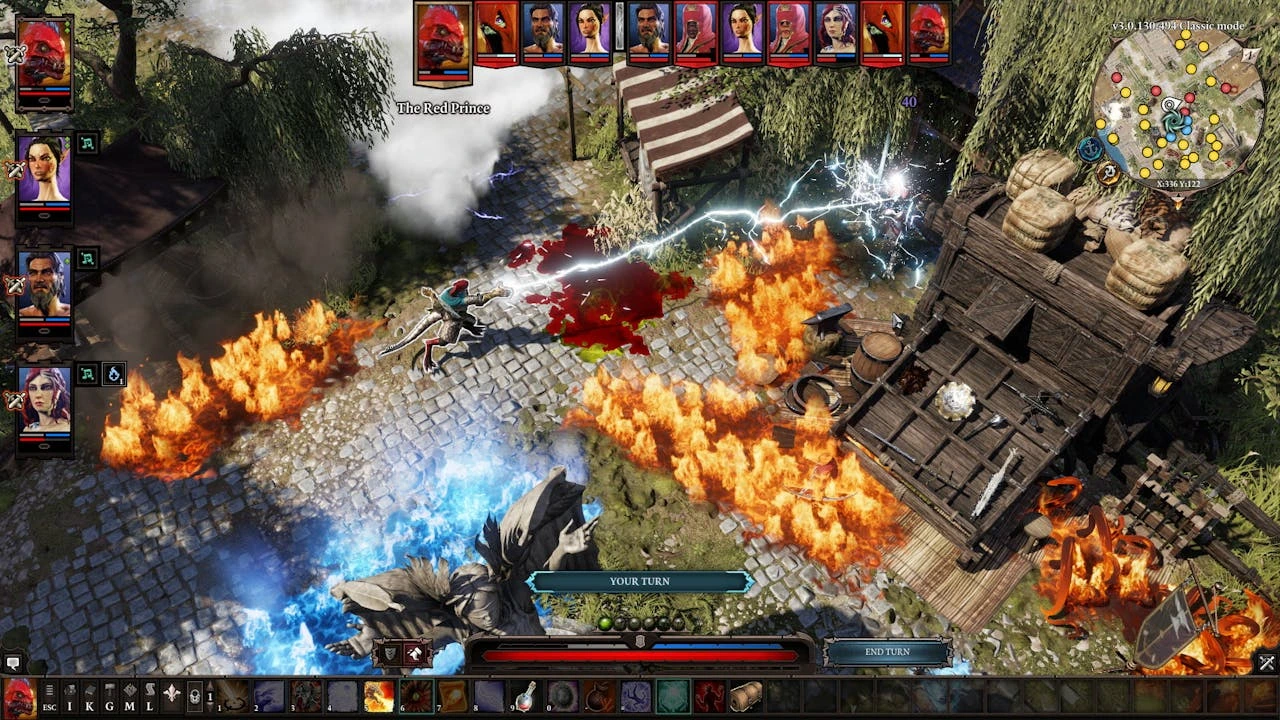
The isometric perspective, at its heart, is a visual trick. Pulling a three-dimensional space onto a much flatter two-dimensional expanse, the artists were able to craft a world that not only feels touchable and traversable but also delightfully tiny. This high-level point of view provides a god-like eye into everything from broad landscapes to booming metropolises, or even intricate dungeons.
Part of the charm in isometric games, I suppose, lies within that detail/abstraction balance. While most 3D games are, understandably given their pursuit of photorealism and immersion right down to the pores on a character’s face, isometric games frequently embrace a more stylized approach. This artistic choice not only serves practical purposes but also opens up a world of creative possibilities
Think of the iconic diamonds that many isometric game tiles are based on. Artists use these simple shapes as the canvas to paint their intricate worlds. It takes just a few pixels in the right spot to turn that diamond into a forest tile, or an aged cobblestone, or maybe even a stretch of water. By being so efficient with the design, it can create huge varied landscapes that are wonderfully realized and filled to bursting.
The Technical Wizardry Behind Isometric Graphics
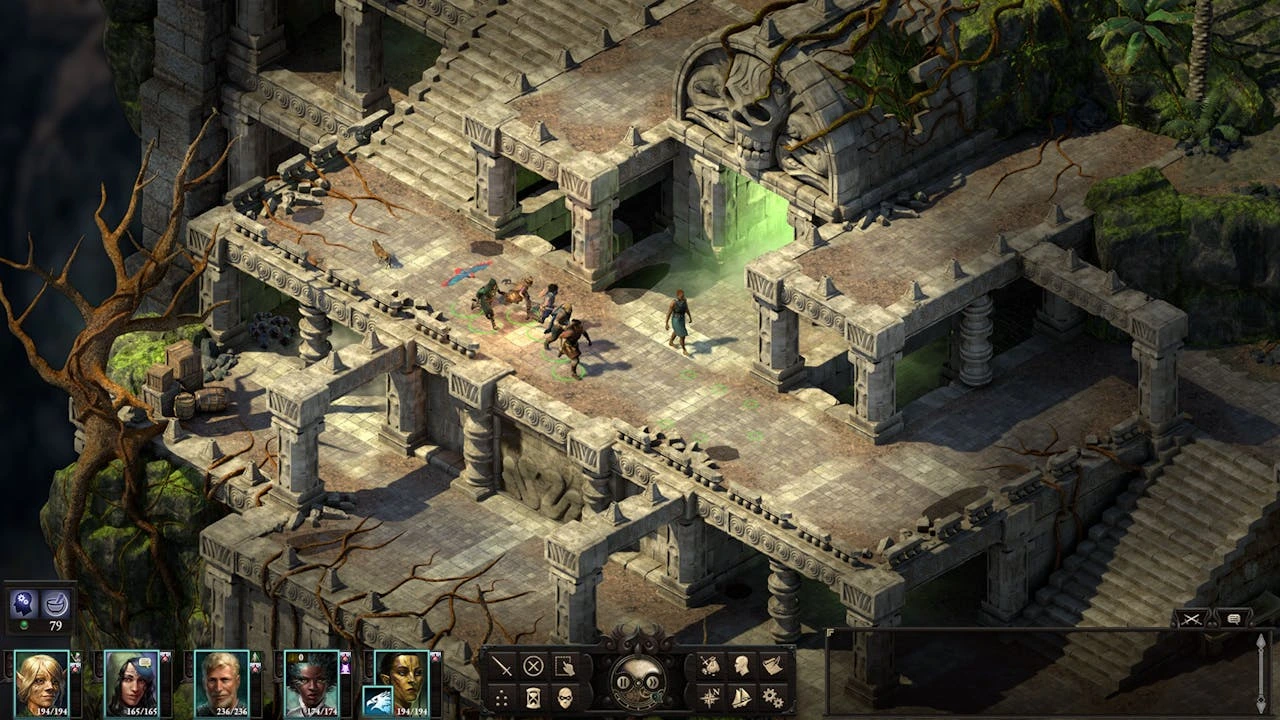
To visualize 3-dimensional objects on a flat surface, an artist must possess a good understanding of perspective and various other artistic techniques. The isometric view in games can often put the camera at a 30-degree angle from horizontal (although this figure varies) since that math lines up, but many commercial and free development tools offer simpler methods of doing faux-isometry, like simply taking art or applying custom transforms to it.
One of the most crucial skills in isometric art is the ability to convey depth and volume through clever use of shading and highlights. Artists have to do what they can with no real 3D model for assistance. This typically requires manual and exacting work on a pixel-by-pixel basis; this is an especially prevalent practice in isometric games that embrace the style of retro video games.
Isometric art and color theory go hand-in-hand. With such a fixed perspective as isometric games, you can’t suddenly change to dramatic camera angles or lighting for mood. Instead, color palettes must be used meaningfully to convey the mood and atmosphere of the scene, as well as direct the attention of the player’s eye to where you want it to be.
Texturing in isometric games truly is an exhausting art. Artists need to create textures that look convincing from this isometric angle, which sometimes requires exaggerating details and minimizing others. The difficulty, of course, is that these must look good at the game’s native resolution and not merely when zoomed in or on a high-resolution display.
Animation in the Isometric Realm
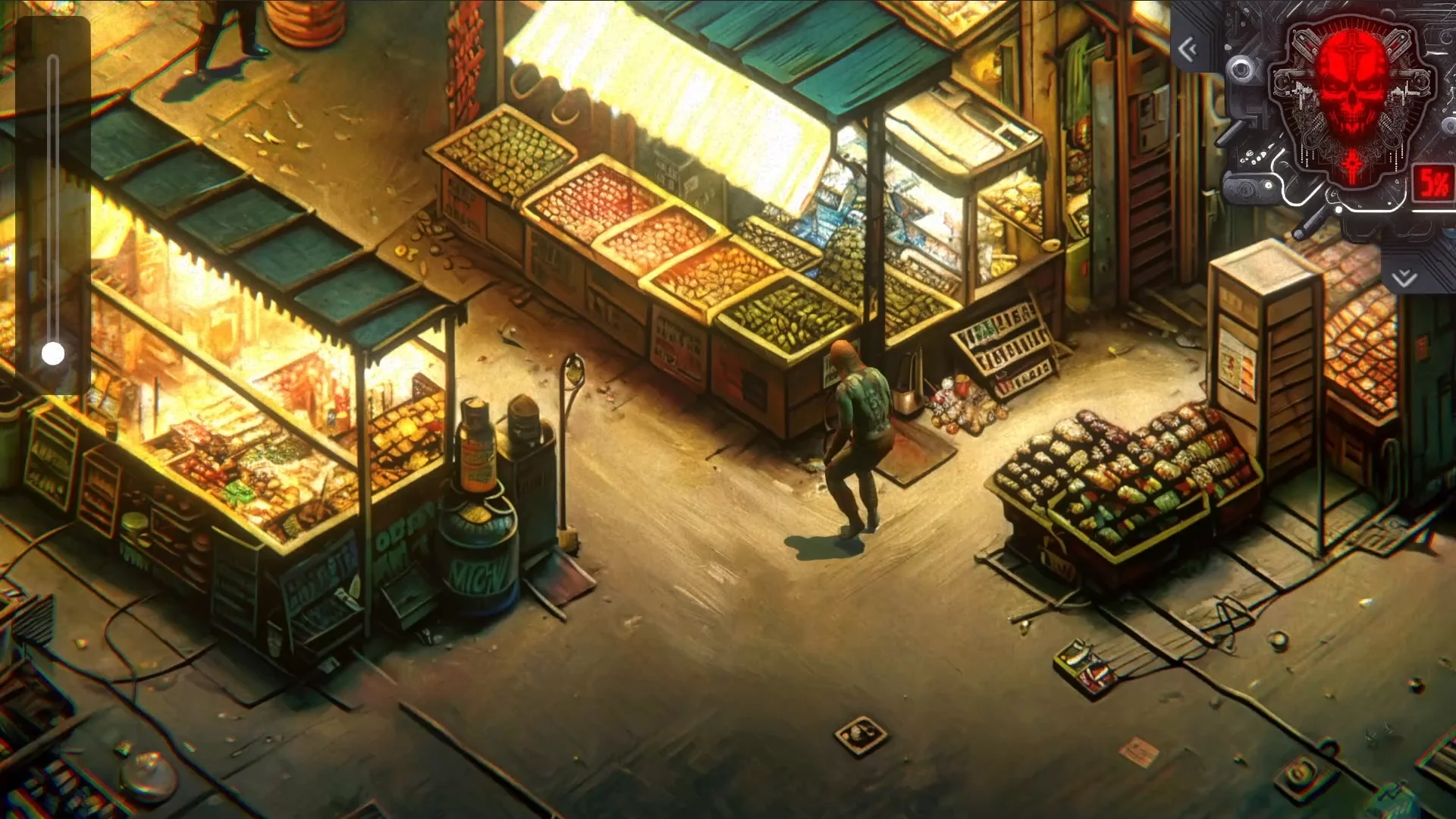
There are certainly a number of unique challenges and opportunities in animating within the isometric world. The thing is, we need to show character animations in a natural way from a fixed-isometric viewpoint which can be very tricky when the characters are designed to move multi-directionally.
Isometric scenes come alive with environmental animations. The animation of trees swaying, water flowing, or the hustle & bustle of crowds can turn a static image into a world that breathes. At the same time, artists need to be careful when adding all these animation components as only a few frames can support our scene.
In isometric games, handling particle effects matters a great deal. Be it billowing smoke, magical sparkles, or explosive impacts these must be designed to not only fit into an isometric perspective but also convey depth and dynamism.
The Artistic Challenge of Depth Perception in Isometric View
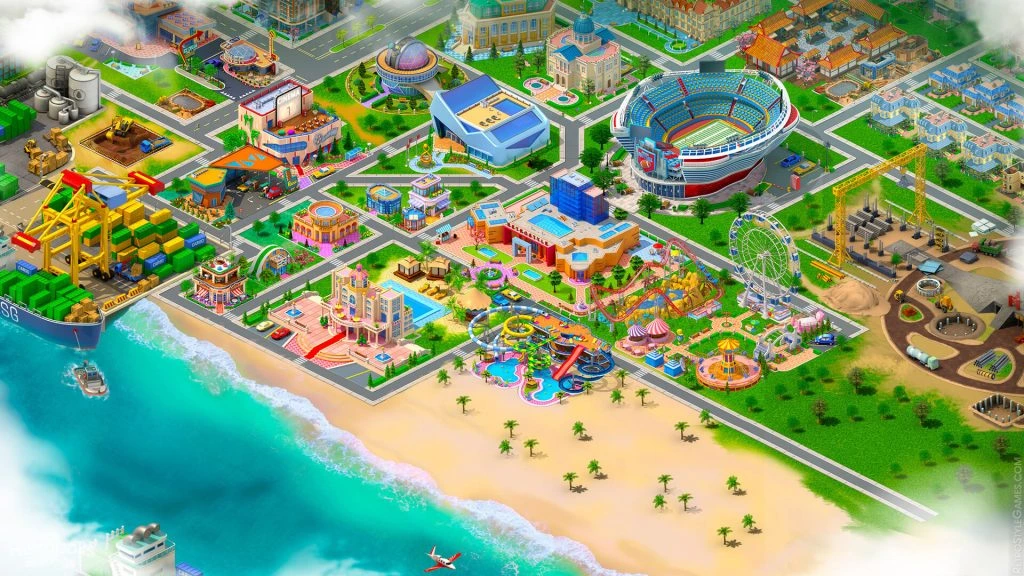
Managing depth perception In isometric design one of the most interesting artistic challenges in game projects. Is isometric there is less perspective to work with, making it much more difficult for us viewers to tell which objects are in front of or behind each other. Naturally, artists have developed ways to deal with this sort of thing :
- Layering: Controlling the order of sprites and tiles to fake depth.
- Size Difference: Altering the size of objects in a subtle way based on their perceived distance.
- Color and Shading: Lighter, looser colors for far-off things and darker, richer shades up close
- Overlapping: Positioning objects so that they overlap to re-enforce spatial relationships in your scene.
Through excellent use of these methods, the isometric view yields a coherent and lived-in space that players can navigate meaningfully.
Common Genres for Isometric Games
Isometric art can be utilized by most game genres, and each adaptation evolves as a need of that particular genre. However, there are some game genres that fit the isometric view better, and so
Isometric perspectives may be omnipresent in RPGs like Diablo or Pillars of Eternity mainly because isometric views help to speak to the genre’s longing for a grand adventure. Fixed camera angles enable artists to create cramped environmental nooks and crannies filled with hidden easter eggs, secrets that only patient explorers will learn.
The isometric view helps immerse players into a world, or in the case of strategy games like Civilization and XCOM lets you oversee your armies more naturally. The clear visibility this approach provides allows for higher strategic decisions, but still with a visual zest.
City building and management games such as SimCity or Tropico, also use isometric art to create little living worlds. This point of view offers gamers an optimal angle to admire the hectic life and growth in these digital universes.
In the last decade, but especially in recent years, indie games have been utilizing isometric art styles to twine together uniquely stylized experiences. Isometric perspective can also be twisted to confuse the player and use impossible dimensions in order to guide our way out of reality in a continent full of mind-bending puzzles like Monument Valley.
Case Study: Diablo - Mastering Isometric Horror

In 1996 Blizzard took a shot at creating an isometric game and Blizzard being Blizzard, the result was a game that redefined the use of isometric view in games: Diablo. This was the groundbreaking title that first showed us how isometric art could so effectively impart a sense of fear and tension.
The isometric view allowed Diablo’s artists to create a world that was at once dark and vast, but also claustrophobic. Indeed, the environments in which you passed from the dreary town of Tristram to the winding dungeons below were all carefully put together so that an anchored camera further sells its impact. With dark corners and shadows looming indicating one thing or another is hiding, the FoV (Field of View) causes players to be more jumpy as they have only a limited amount of sight before them.
This was especially true when looking at the character and monster designs of Diablo. Even with the isometric view, artists still delivered iconic designs that had a clear silhouette and immediate identification even from far away. The game’s trademark lighting including torches flickering in the darkness and spells bursting across screens competing for your attention gives more life to these otherwise static arenas.
The UI design for Diablo also matched its isometric art style. The stone-framed HUD elements and skeuomorphic inventory layout further solidified the game’s gothic stylization while offering easily understood yet detailed at-a-glance information to relay. Absolute chaos – in all its vile beauty!
This shows just how successful the art in Diablo was, as its influence has sticking power. Its dark fantasy and isometric clarity have only served as a template for others ever since. Even modern titles in the series, despite transitioning to full 3D environments, maintain an isometric-style camera angle, a testament to the effectiveness of the original’s visual design.
The Evolution of Isometric Artistry
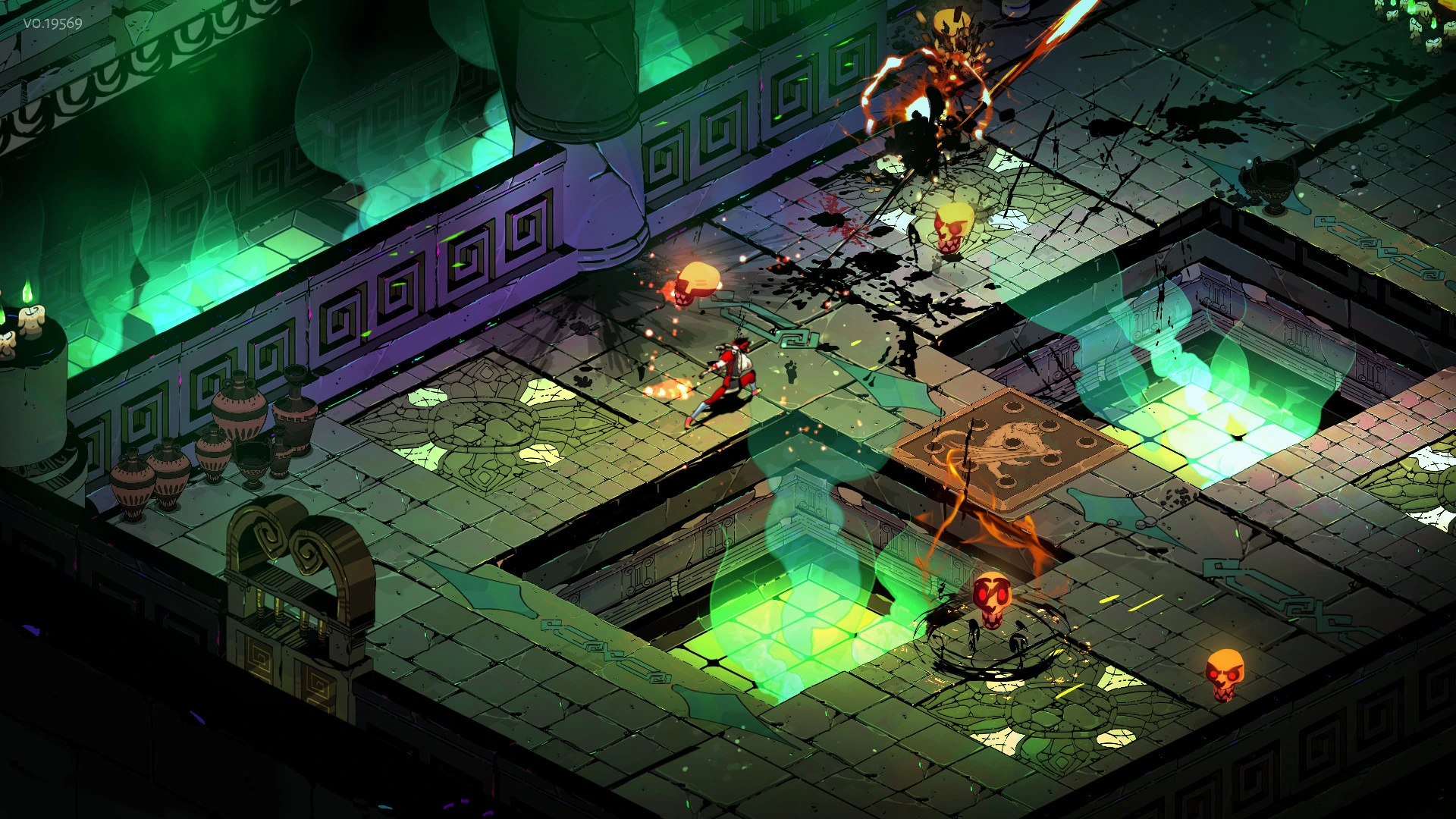
The artistry of isometric games has grown with the advent of technology. Modern titles often blend traditional isometric sprites with 3D elements, creating a hybrid aesthetic that combines nostalgic charm with contemporary visual flair.
Thanks to high-res displays, the detail an isometric view could show is more vivid than ever before. Games such as Disco Elysium demonstrate how the Isometric style can produce lush painterly worlds that are more artistic in nature than what should be possible.
Technological change has also revolutionized lighting in isometric games. Dynamic lighting and shadow systems provide a sense of spatial depth to these 2.5D worlds, imbuing the moonlit landscapes with moody atmospheres at different times of the day or according to prevailing weather conditions.
Closing Thoughts: The Enduring Appeal of Isometric Artistry
The art of isometric games really is a testament to the creativity and skill that game artists and designers possess. They have produced worlds that are both recognizable and otherworldly by embracing the limitations of a static view – familiar but extraordinary, straightforward yet detailed.
The isometric style has remained, evolving along with the times and inspiring new expressions in modern games that pay homage to its roots. Isometric art will always have its place in the world of video game graphics because it can effectively communicate complex data clearly and still maintain a style everyone knows all too well.
Looking ahead, the art of isometric games serves as an interstitial form that connects gaming’s historical roots to its bleeding edge present – a reminder that sometimes the most captivating worlds are those viewed from a slightly tilted perspective.
If you need help or consultation regarding the game art of your project, Pixune Studio offers a wide range of game art services. We love hearing from you and discussing how we can help to make your game look as awesome as possible!









